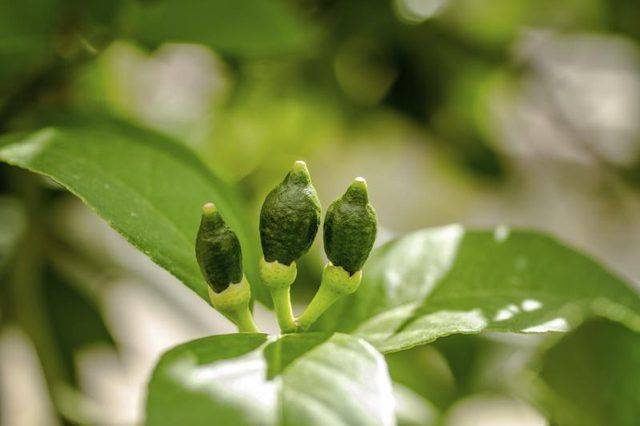Bulbs
Flower Basics
Flower Beds & Specialty Gardens
Flower Garden
Garden Furniture
Garden Gnomes
Garden Seeds
Garden Sheds
Garden Statues
Garden Tools & Supplies
Gardening Basics
Green & Organic
Groundcovers & Vines
Growing Annuals
Growing Basil
Growing Beans
Growing Berries
Growing Blueberries
Growing Cactus
Growing Corn
Growing Cotton
Growing Edibles
Growing Flowers
Growing Garlic
Growing Grapes
Growing Grass
Growing Herbs
Growing Jasmine
Growing Mint
Growing Mushrooms
Orchids
Growing Peanuts
Growing Perennials
Growing Plants
Growing Rosemary
Growing Roses
Growing Strawberries
Growing Sunflowers
Growing Thyme
Growing Tomatoes
Growing Tulips
Growing Vegetables
Herb Basics
Herb Garden
Indoor Growing
Landscaping Basics
Landscaping Patios
Landscaping Plants
Landscaping Shrubs
Landscaping Trees
Landscaping Walks & Pathways
Lawn Basics
Lawn Maintenance
Lawn Mowers
Lawn Ornaments
Lawn Planting
Lawn Tools
Outdoor Growing
Overall Landscape Planning
Pests, Weeds & Problems
Plant Basics
Rock Garden
Rose Garden
Shrubs
Soil
Specialty Gardens
Trees
Vegetable Garden
Yard Maintenance
How to Grow Lemon Trees Indoors
How to Grow Lemon Trees Indoors. The sweet scent of the lemon tree's blossoms (*Citrus limon*) fill the room as the tree basks in the winter sunlight. Sheltered from the cold blasts of winter storms, dwarf lemon trees thrive in large flowerpots indoors when provided warmth, bright light and water. Among the dwarf lemon trees grown indoors are...

The sweet scent of the lemon tree's blossoms (Citrus limon) fill the room as the tree basks in the winter sunlight. Sheltered from the cold blasts of winter storms, dwarf lemon trees thrive in large flowerpots indoors when provided warmth, bright light and water. Among the dwarf lemon trees grown indoors are 'Eureka,' 'Variegated Pink.' 'Improved Meyer' (Citrus x meyeri) and 'Ponderosa' (Citrus 'Ponderosa').
Warm and Bright
Lemon trees, like other citrus, thrive in U.S. Department of Agriculture plant hardiness zones 9 through 11. The heating system of the average home, supplemented by extra humidity, provides the warm temperatures that lemons need to grow and produce fruit. Many gardeners take their potted trees outside to enjoy a vacation in summer, after temperatures rise above 55 degrees Fahrenheit at night and 70 degrees during the day.
To produce flowers and fruit, lemon trees require full sun for eight to 12 hours daily. Supplement natural light with grow lights on a timer to encourage the tree to bloom.
Soil and Fertilizer
Lemon trees need a loose potting mix with a pH between 5.5 and 6.5. A potting mix formulated for citrus, or a homemade potting mix made of equal parts compost, peat moss and perlite, provides a well-drained soil for a lemon tree. Plant the tree in a flowerpot or planter between 14 and 24 inches in diameter and with a drain hole.
Apply a water-soluble 30-10-10 citrus fertilizer or azalea and camellia fertilizer to the tree every seven to 14 days. Mix 1/2 teaspoon of water with 1 gallon of water. Water the tree, and then add the fertilizer solution until it drains from the bottom of the planter. If citrus or azalea fertilizers are not available, a general-purpose 2-1-1 or 3-1-1 fertilizer with added iron will also nourish the lemon tree.
Water and Humidity
Lemon trees require regular watering. Water the tree whenever the soil in the flowerpot is dry to a depth of 2 inches. Add water until it drains from the hole in the bottom of the pot, but don't let the plant stand in water. Add humidity to the air by placing the flowerpot on a tray filled with pebbles and water and then grouping houseplants together. A cool steam vaporizer placed next to the lemon tree also raises the humidity around the tree. Avoid placing the lemon tree directly in front of heating and air conditioning vents; the air is too dry.
Thorns, Pollen and More
While most dwarf lemon varieties have relatively few thorns, wear gloves and safety goggles to protect your skin and eyes from accidental puncture wounds, fertilizer and compost when working around the tree. Trim the tree as needed with anvil pruners to shape and reduce its size, making sure to sterilize the pruners with a solution of equal parts rubbing alcohol and water. Suckers growing rapidly from the base of the trunk and water sprouts rising from the branches should be trimmed back immediately.
Lemon trees are self-pollinating, but some gardeners hand-pollinate indoor trees for a larger harvest. A small paintbrush swirled inside each blossom distributes the pollen from one flower to the next.